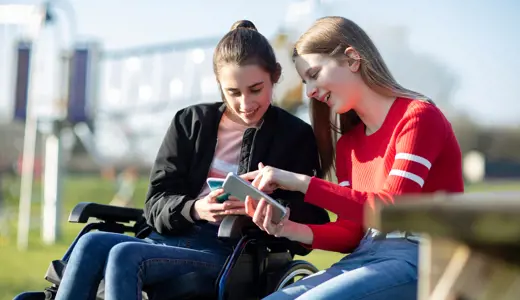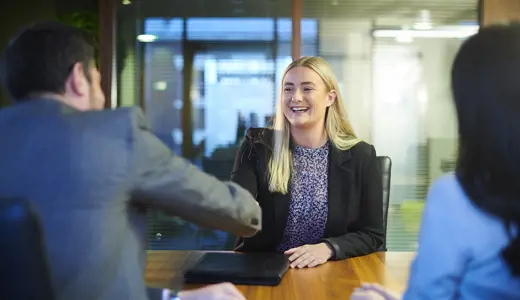Although it isn’t often discussed openly, money plays a key role in everybody’s life. Whether we feel we have a lot, a sufficient amount, or not enough, the ways that we act around money can have major influences on our futures and the way we live our lives.
Have you ever considered what your money personality is?
Money personality is not simply your attitude and behaviours around spending and saving - it’s much more than that. From your behaviour with other people’s money to the ways you go about getting money, the quiz can help you work out your personality and how you can improve.
As well as an overall score, the quiz above breaks down your score into four key sections:
Money morals
What your general behaviours and attitudes are towards money, and how you behave with other people’s money.
Spending vs. saving
When you do have money, what do you tend to do with it? Are your spending habits influenced by external factors?
Money management
Money management is important in preparing your finances for the future. This includes the ways you look after and keep track of the money you have.
Getting money
What routes do you take to get more money when you need or want it?
What do I do if I get a low score?
Don’t panic - it’s easy to make simple changes that can help improve your score and your attitudes towards money.
Have you scored highly?
If you’ve scored highly - well done! Keep up the good work but don’t lose focus on your finances.


